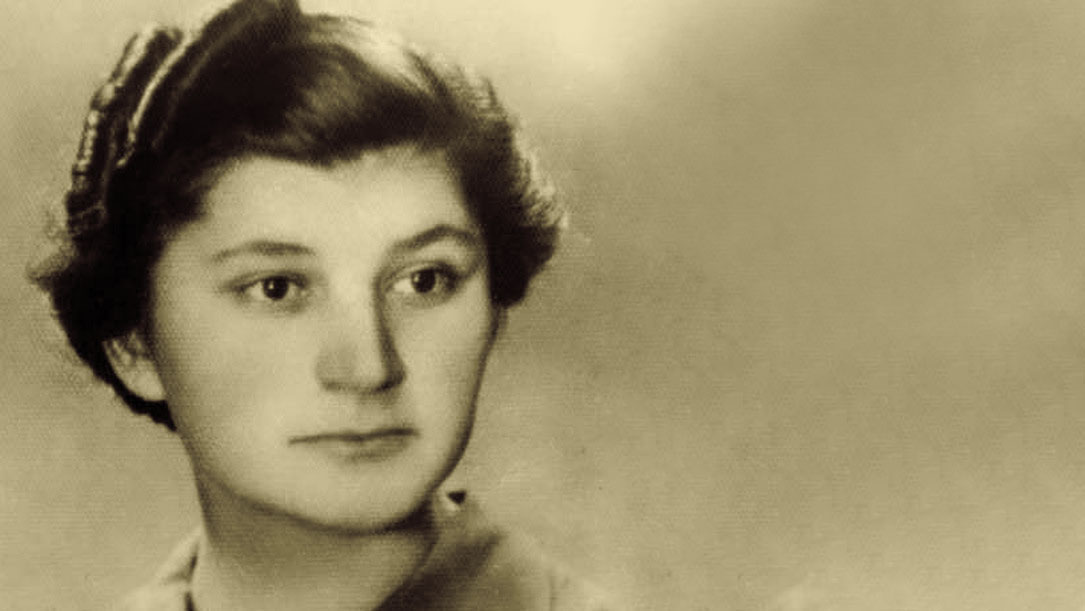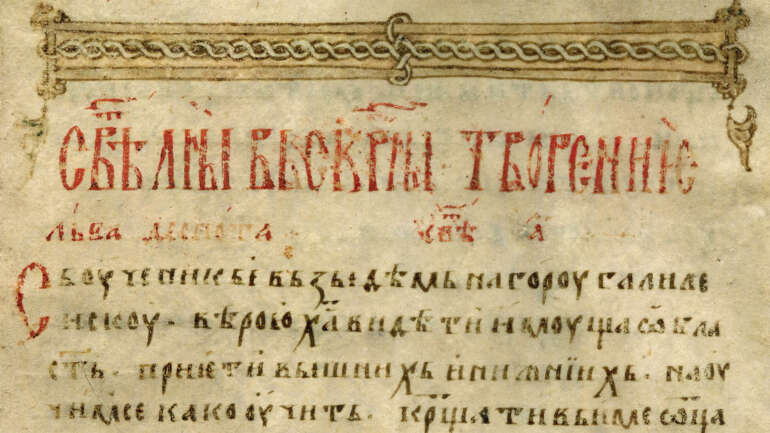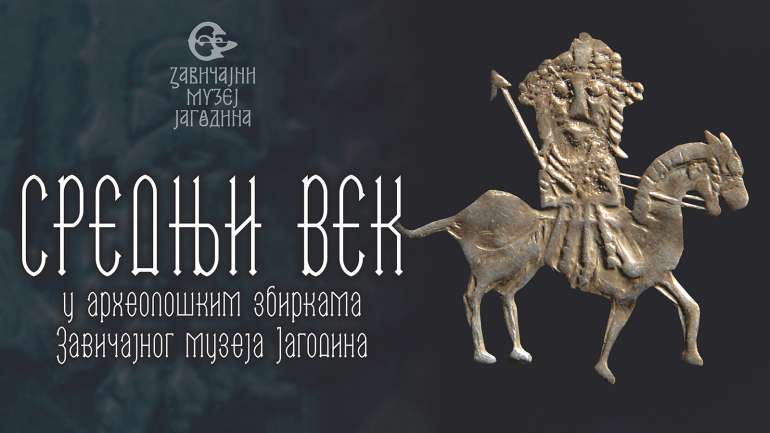By: Jasmina Trajkov, museum advisor
For more than a century, March 8 has been International Women’s Day around the world. In 1975, the United Nations recognized it as an official holiday dedicated to the struggle for women’s human rights, ie the day in which we remember the struggle that has been fought for economic, political and social equality of women and men since the middle of the 19th century.
The International Women’s Day is an occasion to remember Radmila Miljković (1918–1944), our fellow citizen who died in the camp in Banjica. Her handicrafts, which she made in captivity and intended for her family members, are today kept in the Regional Museum in Jagodina.
Radmila Rajković, comes from the Miljković family from Jagodina, in which, out of four children, three died during the Second World War. Radmila’s older sister Rada Miljković (1917–1942) was proclaimed a national hero in 1953. Younger brother Dušan (1925–1944) died in the so-called “February Massacre”, on the night between February 1 and 2, 1944, when 46 people who were considered to be communists were killed in an organized action on the territory of Jagodina, Paraćin and Ćuprija.
Radmila was born in 1918 in the village of Belica near Jagodina. She graduated from the Women’s Craft School in Jagodina. Since 1939, she has lived in Belgrade, where she married and worked in the “Moravia” sock factory. In Belgrade, she was an active participant in the Belgrade labor movement. As a member of the Communist Party, she participated in the action of setting fire to the “Ford” garage in Grobljanska Street no. 35 (now Roosevelt Street) in July 1941. She was discovered and arrested on September 5, 1941. She spent forty days in the Special Police of the Belgrade City Administration, where she was interrogated and tortured, and then on October 15, she was sent to the Banjica camp. At the time of her arrest, Radmila was pregnant, so she gave birth to a daughter, Dušica, in the camp. Shortly after the birth, her child was taken away and sent to an orphanage, and then handed over to Radmila’s mother. She was named for the shooting on September 11, 1944. While tying up before the shooting, the detainees attacked the guards and agents, and it is believed that Radmila Rajković was one of the women who were the main initiators of this attack. Women were soon overpowered by the guards. Some of them were killed in the hallway. All of them, whether alive, dead or wounded, were taken to the Jewish cemetery, where they were beaten and thrown into a common grave.
In captivity, Radmila made textile boxes and decorative items for her mother, sisters and brother, knowing that she would never see them again. Among these items are toys she made for her daughter Dušica, whom she called Kuca (meaning: little puppy). Radmila’s handicrafts were exhibited, along with the works of 168 other detainees, at the exhibition of Banjica detainees, which was held in the “Cvijeta Zuzorić” pavilion in Belgrade from April 8 to 22, 1945. In 1982, the family of Radmila Rajković donated 27 of her works to the Regional Museum in Jagodina.
The Museum’s collection also contains a photograph of Radmila’s daughter Dušica with dolls made by her mother. These dolls are more than just toys, and the shot itself is not just a photo of a child with toys. Dolls are a special kind of family memorabilia, a daughter’s memory of a mother she didn’t even remember. Photographing a girl with these toys is actually a substitute for photographing a child with her mother, who, in addition to the family’s memory, lives through her handicrafts.
In the period from 1974 to 2004, one street in Palilula in Belgrade was named after Radmila Miljković. Linking her suffering to ideology and one-sided perception, the tragedy of this woman and mother (there were many more of them in the camp in Banjica and not only there) has gone into oblivion.





